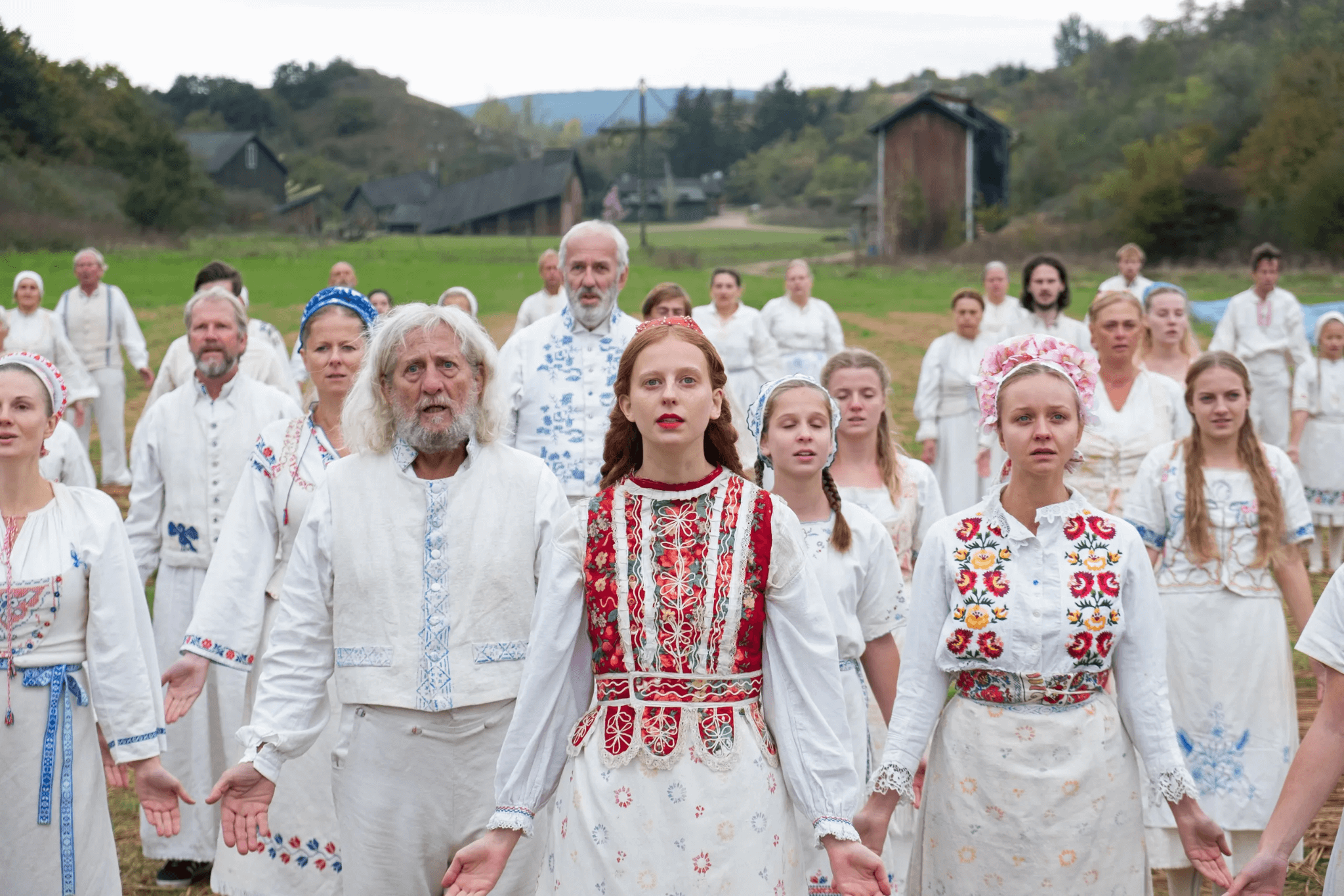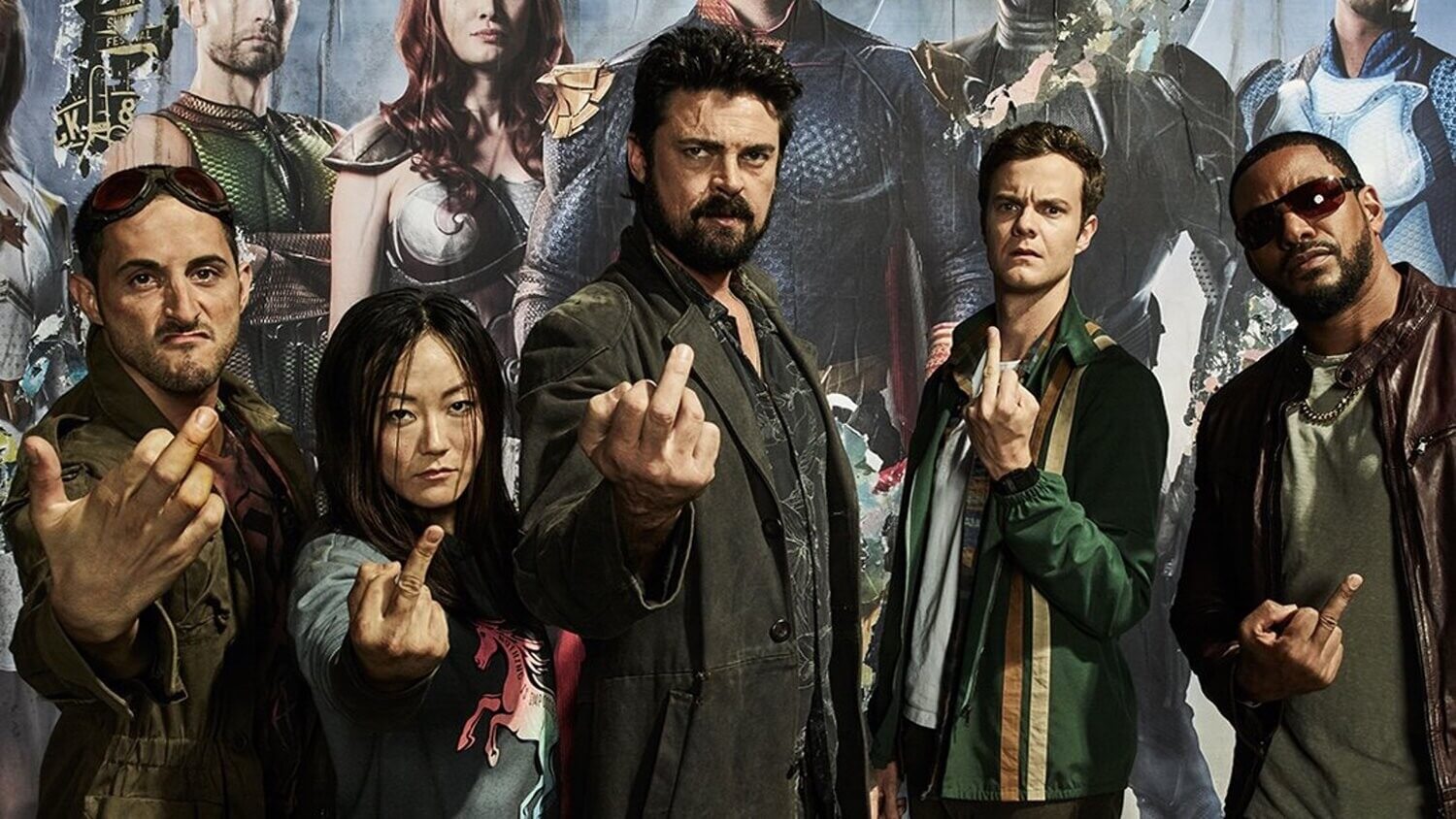You’ve probably heard the saying “dot your I’s and cross your T’s.” It’s an idiom that expresses the value of being precise and meticulous.
This applies to every department in post-production, but it’s especially true for finishing artists, also known as online editors. They live and breathe these values because they are the last line of defense for any video production.
Learn more about the varied role of a finishing artist, including their workflow, data transfer challenges, and tools and tips to help you finish your video projects like a pro, below.👇
This workflow guide has been reviewed by Rob Del Ciancio, Owner, VFX Supervisor, and Finishing Artist at Frame Distillery, a VFX, design, and finishing studio.
Table of Contents
Transfer Massive Files With No Limitations
Big files? No worries. MASV has no limits on file packages.
What is a Finishing Artist?
Finishing artists are chiefly responsible for solving various last-minute problems faced by editorial, color, and VFX to produce the finalized project version.
“Finishing is a term that refers to creating all of the versions, with the correct codes, file formats, aspect ratios, and compression,” explains Chicago’s Sarofsky Studio. “Double checking timelines, comp, audio and having an eye for detail is essential for any finishing artist.”
Chris Mackenzie, Senior Conform Artist at Harbor Picture Co. who has had a hand in films such as Midsommar and The Irishman, put it another way in an interview with Filmmaker U.
“If you were to bring me your book for publishing, I would be the person who helped to format it as a paperback, or an audio book, or a hardcover book, and helped put all these loose pieces of paper all together and bind it and make it something presentable that can be sold in the store,” he says.

Midsommar (2019)
“I’m doing all the nips and tucks at the end, and putting it together… into its presentation format. Basically getting it up to spec, but also doing all the little last-minute adjustments and fixes to it, which could include titling, and could include a lot of beauty work and clean up, it could include fixing up a few mistakes, or a last minute edit or something like that.”
Indeed, finishing is typically the final stop in the post-production pipeline. It’s often performed by an artist with a VFX or colorist background (or both), depending on the job and its requirements.
Some finishers also occasionally perform color and VFX work.
Take, for example, the eerie fire scene from The Handmaid’s Tale. “That one was a mixture of practically shot fires, plus some other elements added in,” Del Ciancio explains. “There was just too much flame to have the actress in the scene.
“So they’d have her in one shot, they’d do some interactive lighting with a bit of fire off to the side, and then they’d do controlled burns of different parts. And then it was an exercise of bringing it all together while making it artful.”

Source: VFX Voice
The job was atypical for a finishing artist, he says. “Half the time (as a finishing artist), you’re fighting stuff. You’re like: ‘How do I fix this?’ Or, ‘How do I make this element work?’
“But those elements really worked, so it was more of an exercise of ‘How can I make this look beautiful?’”
Del Ciancio says it’s important for finishing artists to have a well-rounded background that includes a working knowledge of every post department. “Because you have to identify a problem, you have to figure out how fixable that problem is” and how it could impact the project, he explains.
“It’s this dance of making sure it gets out of the door, making sure it looks the absolute best it can look, and facilitating everybody’s requests as much as you can.”
💡 Read More: Why MASV is a Necessity for Hell’s Color Kitchen
Want to Request Files From Teammates?
Create, brand, and share your very own MASV Portal to request and receive large files from anyone.
Jump to Section
What is Finishing? | Workflow | Tools | Tips | Conclusion
What’s the Video Finishing Workflow?
The video production finishing workflow typically involves tending to a crop of last-minute updates based on a “fix list” provided by the agency or client during the edit. The workflow usually also includes conforming, reformatting, reviewing the finished product with clients, and delivering the finalized video files.
Del Ciancio, who these days primarily works on short form commercials for broadcast and social media, says his typical video finishing workflow looks something like this:
1. The initial meeting
Finishers typically meet with either editorial team members (in filmmaking) or clients (in advertising), where expectations are set and the finishing artist learns about the project.
2. The handoff
Once footage has been edited and finalized from an editorial perspective, it gets handed off to the finishing artist along with an edit decision list (EDL) and fix list of issues that need solving. Del Ciancio says he mostly receives the original camera files — usually several terabytes in size — through couriered backup drives.
3. The conform
Conforming involves upgrading the lower-quality proxy files used by video editors into high-quality, high-resolution media (usually camera raw files) and preparing the VFX plates for use by the VFX team. Del Ciancio says he usually receives ARRIRAW files from the production’s digital imaging technician (DIT), although Phantom Cine Files are sometimes used for high-speed food shots.
Color grading, compositing, and VFX work are then performed on the high-res media by others in the pipeline — although some finishing houses also perform this work — and then returned to the finishing artist once completed. Most color exports are ProRes 4444 files, EXR or DPX.
Del Ciancio says he’s particularly fond of using EXR files in his internal workflow.
“Because you just know it can hold the info, and there are some good compression algorithms in there that you can use that are next to lossless,” he explains. “Sometimes I’ll do a DWAA compression.”

Del Ciancio has produced hype reels and ad spots for The Boys and The Mandalorian.
4. The fixes
Fix list items are then applied by the finishing artist to the high-resolution files. These items can include anything from tweaking sub-par edits to unplanned VFX work like rebuilding the look and feel of the texture of a tortilla chip. Other common fixes include camera rig reflection removal (especially in car commercials), removing trademarked items, or tinkering with signage in the background.
5. Output creation
The final outputs are then reassembled according to the EDL from the video editor, keeping in mind the right resolution, aspect ratio, and other specifications required by the client or director. For advertising videos, finishing artists are typically asked to produce ProRes 422 HQ files for broadcast and H264 files for online media.
6. The session
Either performed remotely or in-person, this is a review of the final product in multiple stages.
- First is the internal review with the agency to work out final touches. You can expect some last-minute requests to come out of this session; depending on how much time you have to implement these changes, you might work up a sweat.
- After you and the agency are satisfied with the spot(s), you present your finals to the client in a live session for their input. The goal of this session is for the client to approve the fixes and the look of the video. Video files are usually made available before the session so that stakeholders can review them in advance. Typically, video supers are added to the files around this time.
A video super is a recognized industry term for placing text and graphics on top of video footage. It’s short for ‘superimposed’.
7. The delivery
The final file delivery includes any updates or changes required after the client session. In the past, delivery was just one file version. But in the online age, finishing artists can create several different versions with different aspect ratios for different platform and outputs: 16×9, 9×16, 4×3, 1×1, etc.
Advertising video finishers must also produce various video lengths. Whereas a few years ago, the requirement was one 30-second and one 15-second clip, ad video finishers today usually also must provide several shorter clips for social media.
According to almost everyone, one of the biggest challenges of being a finishing artist is not unlike the rest of the post team: deadlines. And sometimes extremely tight ones, especially in the advertising production world, where a finishing artist may have a day or two to format things and deliver the files to the client.
💡 Read More: Understanding the Virtual Production Workflow
Share Big Media Files Before Deadline?
Take advantage of accelerated media transfer for post-production teams; share high-resolution assets with MASV today!
Jump to Section
What is Finishing? | Workflow | Tools | Tips | Conclusion
Tools and Software For Finishing
Most finishers live and die by Autodesk Flame, a 3D compositing, VFX, and finishing tool that holds the project timeline. If heavy-duty compositing is required, Del Ciancio says he’ll bring Nuke X into the workflow — but typically only for heavy compositing.
“Nuke is super powerful, and that’s why I use it for heavy lifting, but it’s based on a single shot,” he explains, “whereas Flame is a sequence-based tool which makes it much more responsive for realtime feedback. It’s essential in a session.”
He also uses Davinci Resolve for any color work that may be required, running on a heavy-duty Mac Studio workstation. He combines his Mac with an 8 TB NVMe RAID array for local storage, with real-time backups pushed to a Synology NAS and archived to the cloud.

Storage & Backup Workflow for Filmmakers
Read our guide on video storage and backup workflows for production teams.
Resilio Sync, a peer-to-peer file synchronization tool, is also used to ensure data is automatically synced between storage units to ensure instant, real-time data availability.
Jump to Section
What is Finishing? | Workflow | Tools | Tips | Conclusion
Video Finishing: Tips and Tricks
Some video finishing tips, tricks, and inside info, courtesy of Del Ciancio:
1. Have a good relationship with the video editor
“Because they’ve been working the most closely with the footage with the client, and they know the intimate details about how people are feeling about certain scenes. If you have a good relationship, they’ll give you a heads up that there are certain parts that could come up as an issue later on, and could be a discussion point.”
2. Plan the social media versions in advance
“They’re supposed to be shooting with it in mind to be 9×16, but that’s not necessarily the case. So it’s better to reformat those online versions as an editorial process, because then you’ll find out, ‘Oh, this shot is not working.’” Del Ciancio explains. “A lot of times, a job will start with, ‘Hey, we’re just going to have a common picture throughout.’ Your socials are just going to be common. But it doesn’t always work because sometimes the action in a shot won’t work at 9×16.”
3. Be prepared before a client session
“You’ve just gotta be as absolutely prepared as possible. Like if part of a character’s outfit uses some of the client’s brand colors — you know a client’s going to be sensitive to that. So you’ll deal with that before, so you’re prepared for the session.
“A lot of times, I’ll ask the lighting artist for mattes for this part of the character or that part of this scene, just so that if it comes up and the client says ‘that red’s not the right red,’ I’ll have the mattes to make precise adjustments. ”
4. Be prepared for tight deadlines
“On the bigger VFX-heavy jobs you have more time. But on smaller jobs it goes from editorial, to finish, and you’ve got maybe a day or two in between. And it’s super stressful, because you don’t have any time. You just have to make sure everything you’re using works, and works well.”
Tip: Use MASV to Send Big Files Anywhere in the World.
Stay on top of deadlines with the fastest large file transfer platform available today, MASV.
MASV Helps Finishing Artists Get More Done
Finishing artists are responsible for solving creative challenges faced by editorial, color, and VFX teams in order to produce the finalized project version. Their workflow includes conforming, reformatting, reviewing the finished product with clients, and delivering the finalized large video files — often against a short timeline.
As we’ve learned, one of the biggest challenges of being a finishing artist is tight deadlines. That’s why it’s important to to be organized, prepared, and find ways to be more efficient. One of those ways is to send and receive large media files fast, without fail. That’s where MASV comes into play.
MASV is the ultimate file transfer service for post-production teams to reliably send huge files in one shot, to anyone in the world with an internet connection:
- Send large files and maintain folder structures;
- With security tools and industry-leading compliance such as TPN, ISO 27001, and SOC2 certifications;
- Across an accelerated AWS cloud framework;
- Using free tools such as file request portals, automations, and cloud integrations.

Curious? Not sold? Give us a try today for free! Sign-up here and test things out for yourself.
MASV File Transfer
Use the fastest, largest file transfer service available, MASV.